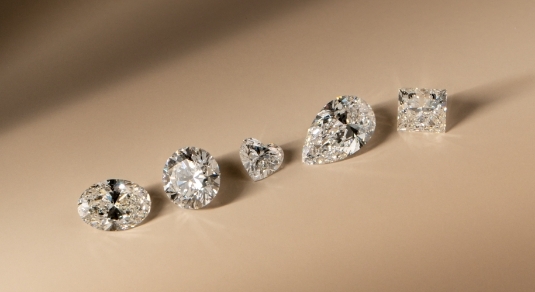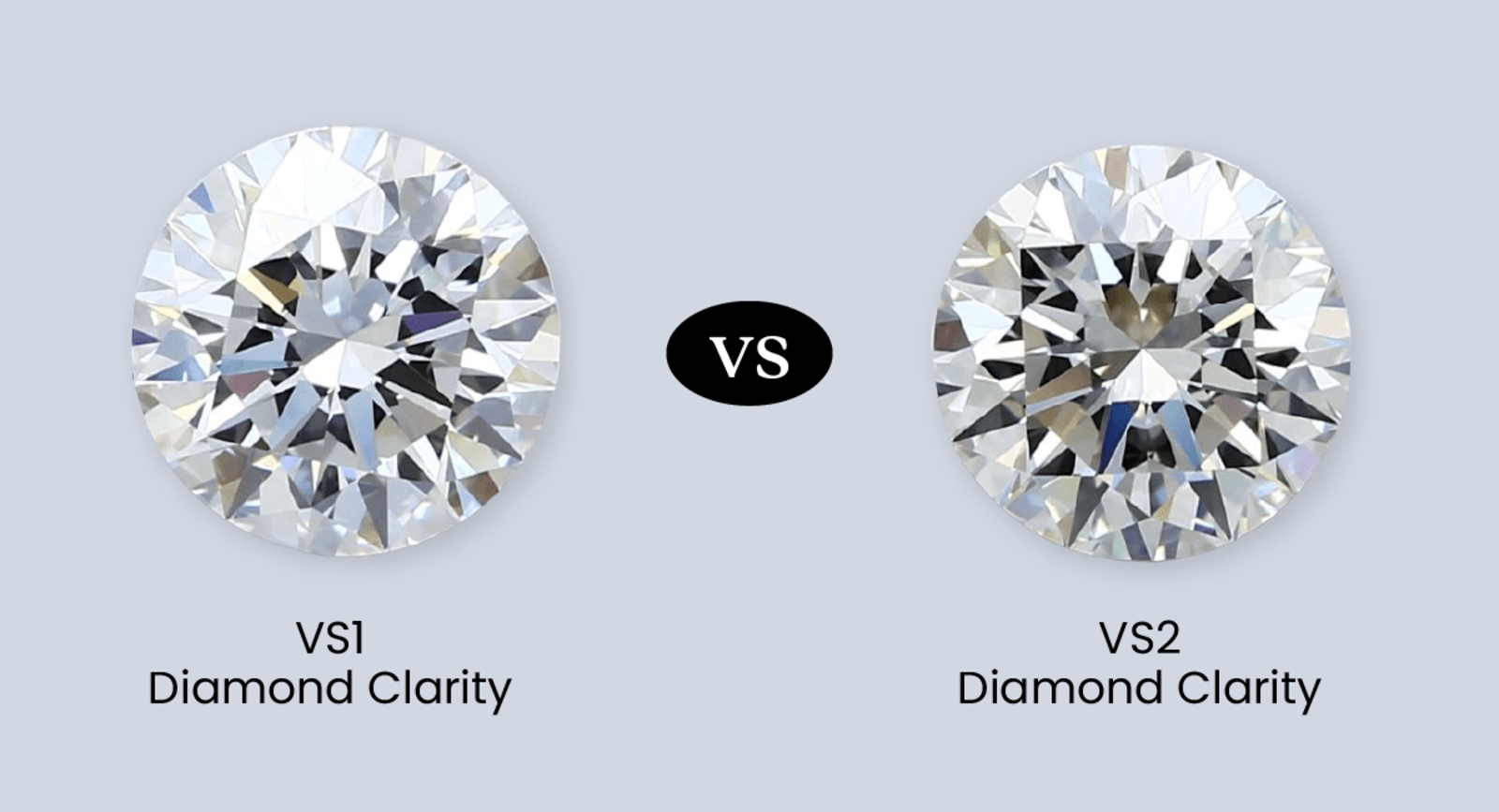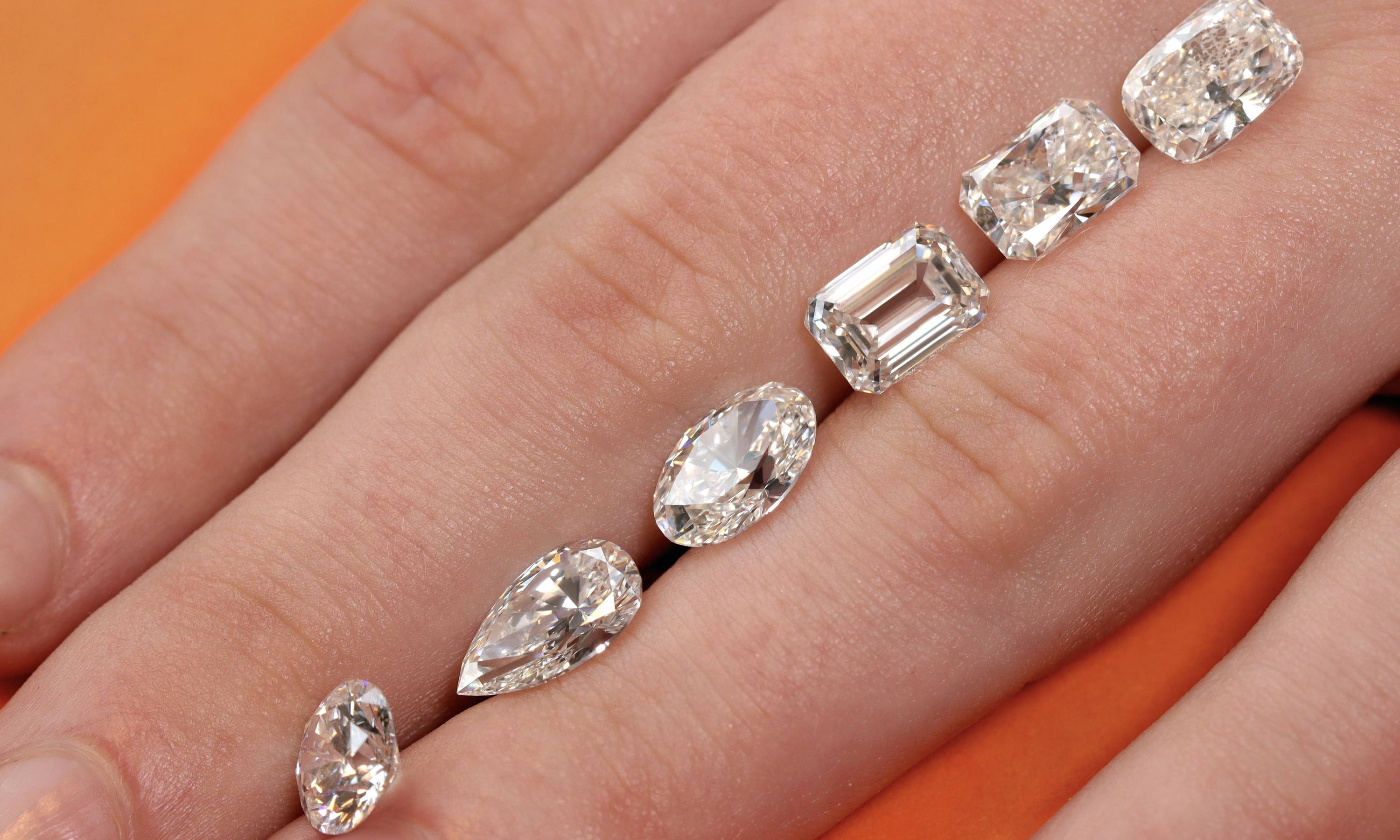
Diamond Cuts: A Deep Dive into Diamond 4Cs
When considering the brilliance of a diamond, the cut plays a critical role in determining its beauty. Diamonds are not only judged by their external allure but also by the precision with which they are crafted. Among the “4Cs” of diamond evaluation—Cut, Clarity, Carat, and Color—the cut holds a unique position, significantly impacting the sparkle and visual impact of the stone.
Table of Contents
What Is the Importance of Diamond Cut?
The cut of a diamond refers to how well it has been shaped and faceted, influencing its interaction with light. A masterfully cut diamond will reflect light from one facet to another, dispersing it and creating that dazzling sparkle diamonds are renowned for. When a diamond is poorly cut, even if it has superior clarity or carat weight, it will lack brilliance and seem dull.
The brilliance of a diamond is directly linked to the angles, proportions, symmetry, and the precise finish of the stone. A finely executed cut amplifies a diamond’s natural luminosity, while a subpar cut can result in significant light leakage, reducing the gem’s radiance.
The 4Cs: Understanding How the Diamond Cut Relates to Other Characteristics
When evaluating a diamond, it’s essential to consider the 4Cs together: Cut, Clarity, Carat, and Color. Each of these components contributes to the diamond’s overall beauty, value, and uniqueness.
Lab-Grown Diamonds and Their Cuts: A Modern Perspective
In recent years, lab-grown diamonds have gained prominence, offering ethical and environmentally conscious alternatives to natural diamonds. These lab diamond cut, like their natural counterparts, are assessed by the 4Cs, and the quality of their cut remains crucial. Lab-grown diamonds can achieve a level of precision in their cuts due to controlled environments in which they are formed.
A well-cut lab-grown diamond can rival the beauty of natural diamonds, with the same capacity for brilliance and fire. Whether natural or lab-grown, the precision of the cut makes the difference between a stunning gem and a lackluster stone.
Types of Diamond Cuts: An Overview of Popular Diamond Shapes
1. Round Brilliant Cut
The Round Brilliant Cut is by far the most popular diamond shape, accounting for the majority of diamond sales globally. Known for its 58 facets, this cut maximizes light reflection, producing a fiery brilliance that is unmatched by other cuts. Its symmetrical design makes it the go-to choice for those looking for maximum sparkle.
2. Princess Cut
The Princess Cut is a popular square or rectangular cut that combines the brilliance of the Round Cut with a modern geometric appeal. It features pointed corners, and its unique faceting pattern ensures a high degree of light performance, making it a favorite for engagement rings.
3. Emerald Cut
The Emerald Cut is a step-cut diamond with a rectangular shape and cropped corners. Its elongated, flat facets provide a subtle yet sophisticated light reflection known as a “hall of mirrors” effect. This cut is ideal for those who prefer understated elegance over brilliance.
4. Cushion Cut
Known for its soft, rounded edges, the Cushion Cut has a pillow-like appearance. It offers a balance between the brilliance of the Round Cut and the symmetry of the Princess Cut, making it an excellent choice for vintage-inspired jewelry.
5. Oval Cut
The Oval Cut offers a modern twist on the classic Round Cut. Its elongated shape enhances the diamond’s surface area, giving the impression of a larger stone. This cut offers excellent brilliance and is a popular choice for those seeking a unique yet elegant style.
6. Asscher Cut
Similar to the Emerald Cut but with a square shape, the Asscher Cut is a step-cut diamond that offers a vintage, Art Deco-inspired appeal. Its large, open facets emphasize clarity and color, making it a desirable option for those who prioritize these qualities.
7. Marquise Cut
The Marquise Cut is known for its elongated shape with pointed ends, designed to maximize the diamanten 4Cs carat weight and make it appear larger than it actually is. This cut’s distinctive shape is perfect for those seeking something more dramatic.
8. Radiant Cut
Combining the elegance of the Emerald Cut with the brilliance of the Round Cut, the Radiant Cut features numerous facets that enhance its sparkle. Its rectangular or square shape with cropped corners provides durability and visual appeal.
How the Cut Grade Impacts Diamond Value
The cut grade of a diamond is one of the most critical aspects of its valuation. Diamonds are often graded on a scale that ranges from Excellent, Very Good, Good, Fair, to Poor. The closer the diamond is to an Excellent cut grade, the more expensive it tends to be. This is because an Excellent cut ensures optimal brilliance, fire, and scintillation.
A Poor cut, on the other hand, means the diamond may have shallow or deep proportions, leading to reduced light reflection. Such diamonds, even with higher carat weights or exceptional clarity, can appear lifeless.
Why Opting for a Well-Cut Diamond Is Key
While many focus on the carat weight or clarity of a diamond, investing in a diamond with an Excellent or Very Good cut is crucial. A well-cut diamond appears larger, sparkles more intensely, and can mask small imperfections, such as inclusions or color tinges.
Choosing a well-cut diamond ensures that you get the most visual appeal for your investment. No matter how large or clear a diamond is, its cut quality is what truly brings out its beauty and brilliance.
Conclusion: The Lasting Importance of the Diamond Cut
In the world of diamonds, the cut remains the most influential factor in determining a gem’s brilliance and overall allure. Whether you’re investing in a natural or lab-grown diamond, selecting a diamond with an exceptional cut will ensure that its brilliance shines for a lifetime.



